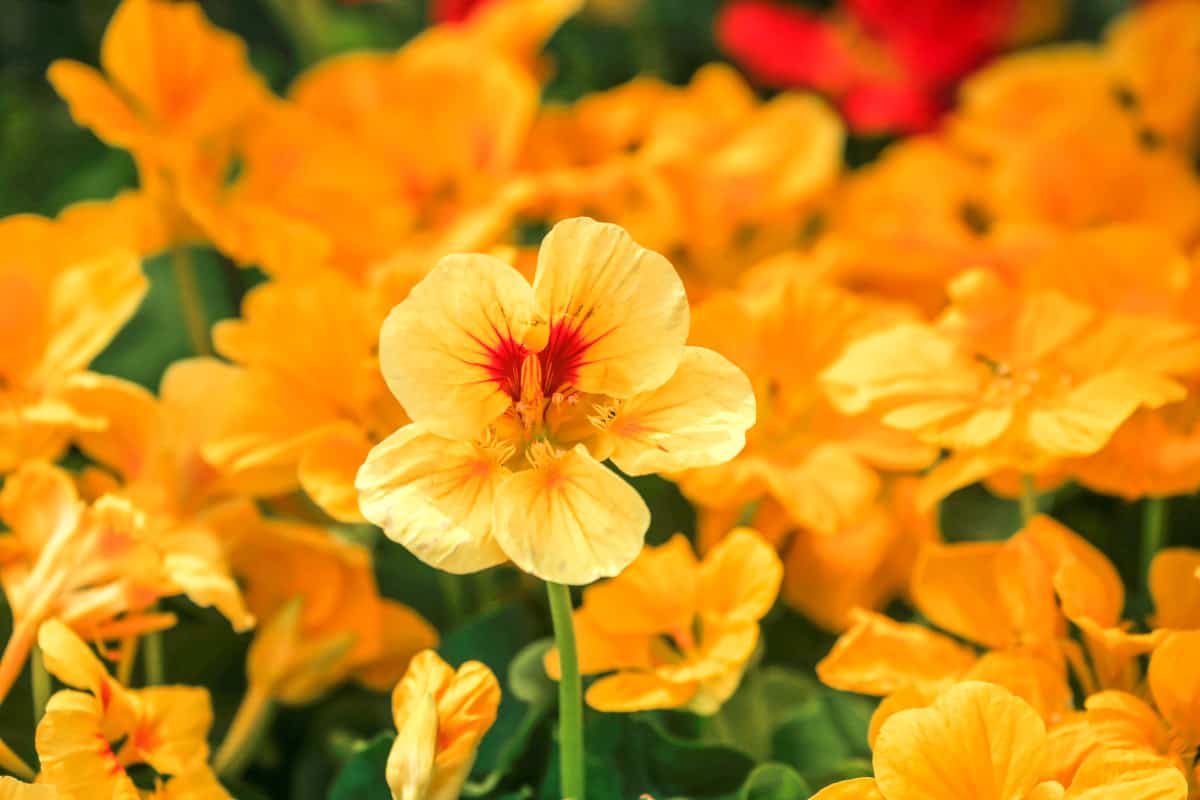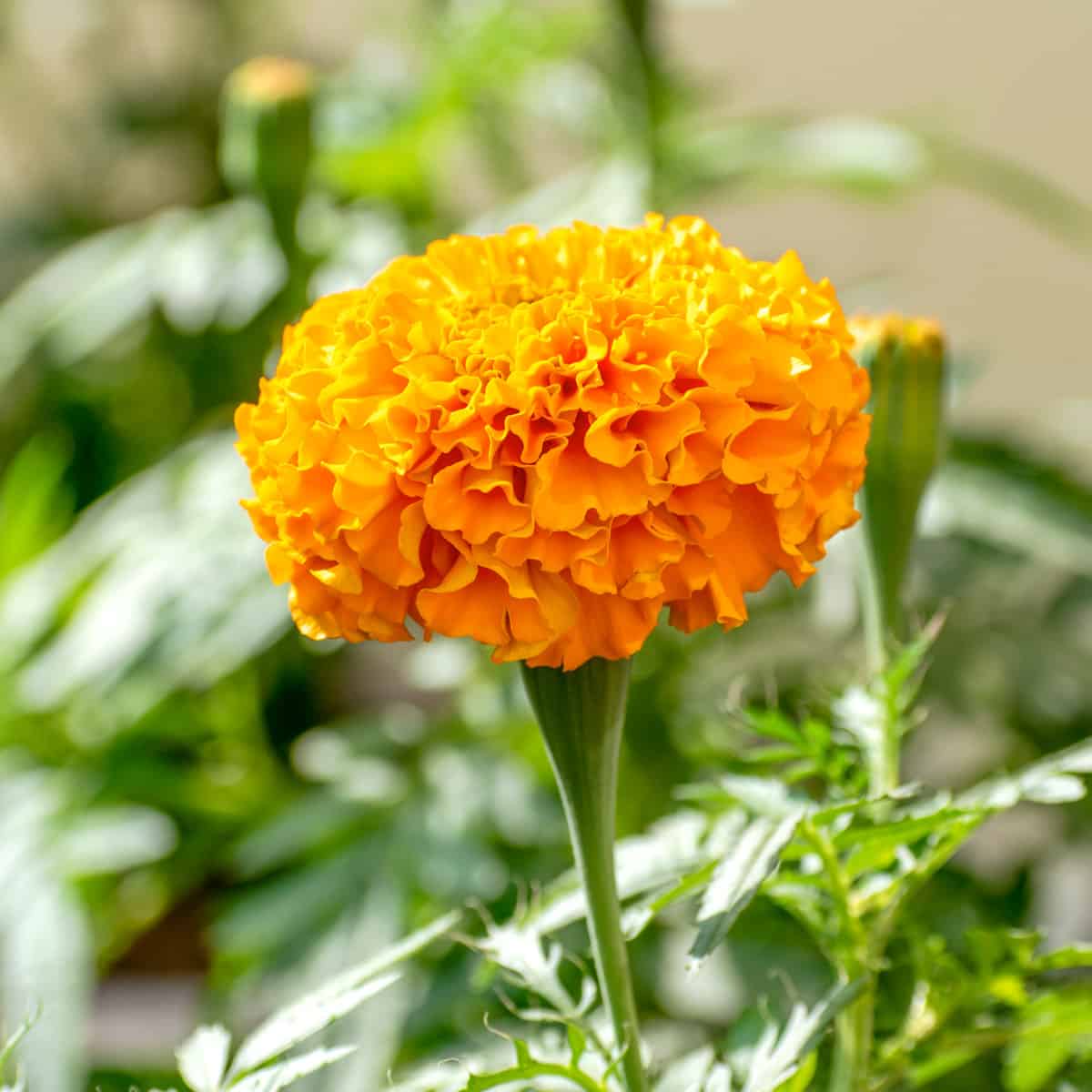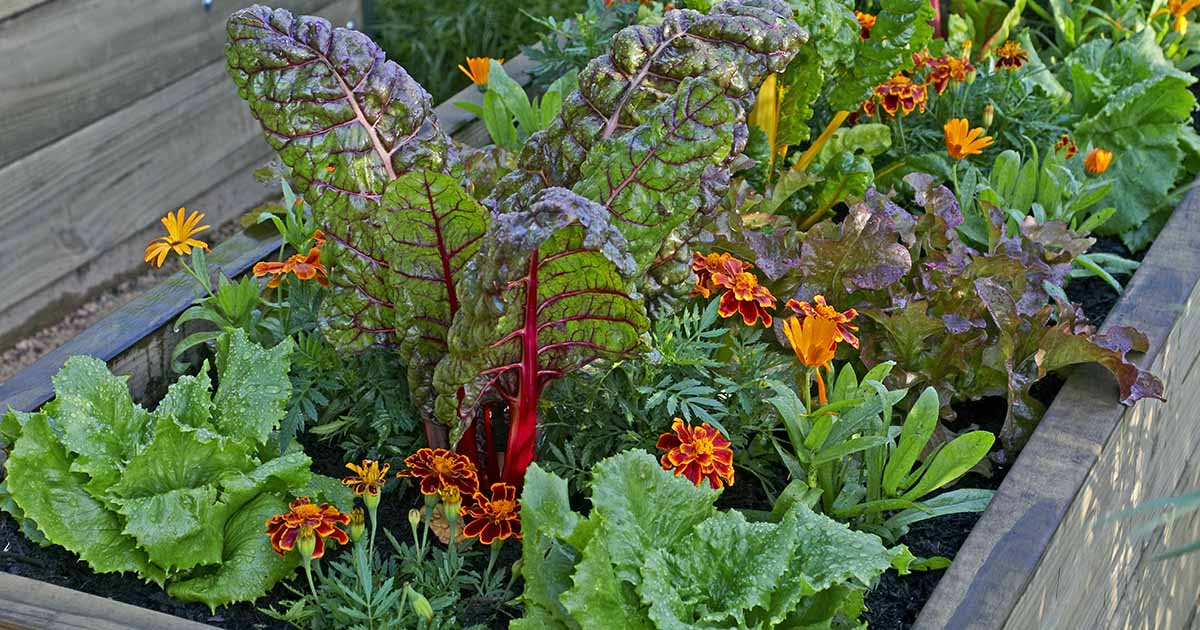Grow Beautiful Flowers And Tasty Peas Together
Grow Beautiful Flowers and Tasty Peas Together
Sweet peas are a beautiful and fragrant annual flower that can be grown in any garden. They come in a wide range of colors, from white to pink to purple, and they have a sweet, pea-like scent. Sweet peas are also edible, and their pods can be eaten fresh or cooked.
In this blog post, we will discuss how to grow sweet peas and peas together in your garden. We will cover topics such as:
- Choosing the right varieties
- Preparing the soil
- Planting the seeds
- Caring for your plants
- Harvesting your peas
Choosing the right varieties
There are many different varieties of sweet peas available, so it is important to choose the ones that are right for your garden. Consider the following factors when making your selection:
- Hardiness zone: Sweet peas are hardy in USDA zones 3-8. If you live in a colder climate, you will need to start your seeds indoors.
- Height: Sweet peas can grow to be 6-8 feet tall, so be sure to choose varieties that are appropriate for the space you have available.
- Color: Sweet peas come in a wide range of colors, so you can choose the ones that you like best.
- Fragrance: Some sweet peas are more fragrant than others. If you are looking for a plant with a strong scent, be sure to choose a fragrant variety.
Preparing the soil
Sweet peas prefer well-drained soil that is rich in organic matter. Before planting, amend the soil with compost or manure. Sweet peas also benefit from a balanced fertilizer.
Planting the seeds
Sweet peas can be planted directly in the garden or started indoors. If you are starting your seeds indoors, sow them 6-8 weeks before the last frost. If you are planting them directly in the garden, sow them after the last frost.
When planting the seeds, sow them 1-2 inches deep and 2-3 inches apart. Water the seeds well after planting.
Caring for your plants
Sweet peas need regular watering, especially during the hot summer months. They also benefit from a light application of fertilizer every few weeks.
Sweet peas are susceptible to a few pests and diseases, such as powdery mildew and aphids. If you notice any problems, be sure to treat them promptly.
Harvesting your peas
Sweet peas are ready to harvest when the pods are plump and full. You can harvest the pods either fresh or cooked.
To harvest fresh peas, simply snap them off the plant. To cook peas, shell them and then cook them according to your preferred method.
Growing sweet peas and peas together
Sweet peas and peas are a great combination to grow together in your garden. They have similar growing requirements, and they can help to attract beneficial insects to your garden.
Here are some tips for growing sweet peas and peas together:
- Plant the sweet peas first. This will give them time to establish themselves before the peas are planted.
- Plant the peas in a slightly different location than the sweet peas. This will help to prevent the spread of diseases.
- Water the plants regularly.
- Fertilize the plants every few weeks.
- Harvest the peas when they are ready.
Conclusion
Growing sweet peas and peas together is a great way to add beauty, fragrance, and flavor to your garden. With a little care, you can enjoy these plants for many years to come.
Peas are a delicious and versatile vegetable that can be enjoyed in many ways. But did you know that there are certain flowers that can help your pea plants grow even better?
That's right, companion planting is a great way to boost the health and productivity of your garden. And when it comes to peas, there are a few specific flowers that can make a big difference.
For example, marigolds are a great choice for companion planting with peas. They help to repel pests, such as aphids and whiteflies, that can damage pea plants. Marigolds also help to improve the soil quality, which can benefit pea plants in a number of ways.
Another great companion flower for peas is nasturtiums. These flowers are not only beautiful, but they also help to attract beneficial insects, such as ladybugs and hoverflies. These insects help to control pests, which can further protect your pea plants.
If you're looking for more information about companion planting with peas, I recommend visiting Garden Wiki. This website has a wealth of information on the topic, including a list of specific flowers that are good companions for peas.
FAQ of companion flowers for peas
Q: What are the best companion flowers for peas?
A: Some of the best companion flowers for peas include:
- Marigolds: Marigolds help to repel pests such as aphids, beetles, and nematodes.
- Nasturtiums: Nasturtiums also help to repel pests, and they can also attract beneficial insects such as ladybugs and hoverflies.
- Borage: Borage attracts pollinators such as bees and butterflies, which can help to improve the pollination of your pea plants.
- Chamomile: Chamomile helps to improve the flavor of peas, and it can also help to repel pests.
- Sunflowers: Sunflowers can provide shade for pea plants on hot days, and they can also help to attract pollinators.
Q: What are the benefits of companion planting with peas?
A: There are many benefits to companion planting with peas, including:
- Reduced pest pressure: Companion plants can help to repel pests, which can help to protect your pea plants from damage.
- Improved pollination: Companion plants can attract pollinators, which can help to improve the pollination of your pea plants.
- Enhanced flavor: Some companion plants can help to enhance the flavor of peas.
- Improved soil quality: Some companion plants can help to improve the soil quality, which can benefit the growth of pea plants.
Q: What are some plants that should not be planted near peas?
A: There are a few plants that should not be planted near peas, including:
- Onions: Onions can suppress the growth of pea plants.
- Garlic: Garlic can suppress the growth of pea plants.
- Chives: Chives can suppress the growth of pea plants.
- Leeks: Leeks can suppress the growth of pea plants.
Q: How far apart should peas and companion plants be planted?
A: The distance between peas and companion plants will vary depending on the specific plants involved. However, as a general rule of thumb, you should plant peas and companion plants at least 12 inches apart.
Image of companion flowers for peas
- Nasturtiums: Nasturtiums are a great companion plant for peas because they help to deter pests. They also attract beneficial insects, such as ladybugs and hoverflies.

- Marigolds: Marigolds are another good companion plant for peas. They help to repel nematodes, which are a common pest of peas.

- Sweet alyssum: Sweet alyssum is a beautiful and fragrant flower that can help to attract pollinators to your pea patch. It also helps to suppress weeds.
- Chives: Chives are a great companion plant for peas because they help to improve the flavor of the peas. They also help to deter pests.
- Lettuce: Lettuce is a good companion plant for peas because it helps to shade the soil and prevent it from drying out. It also helps to attract pollinators.

Post a Comment for "Grow Beautiful Flowers And Tasty Peas Together"